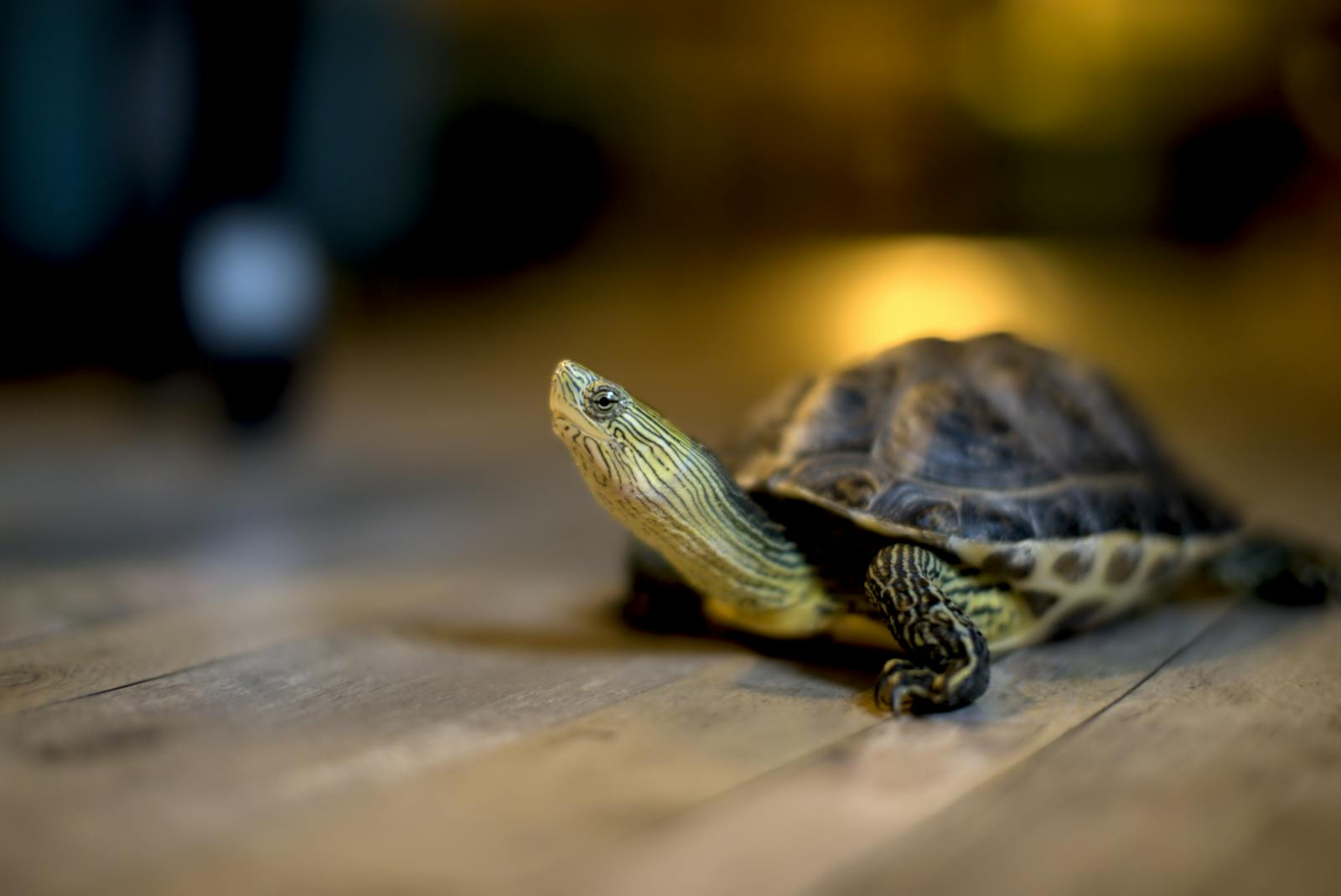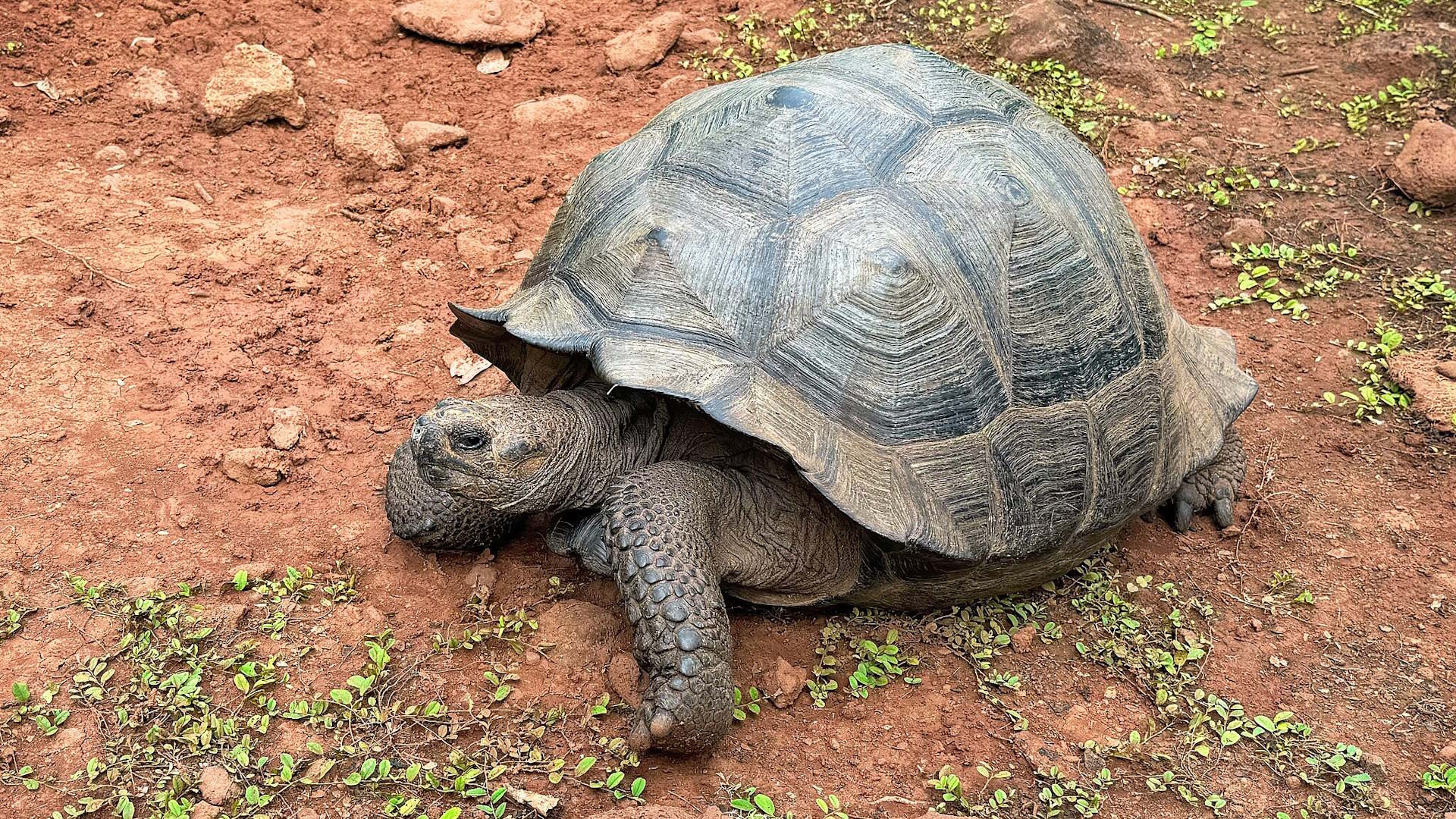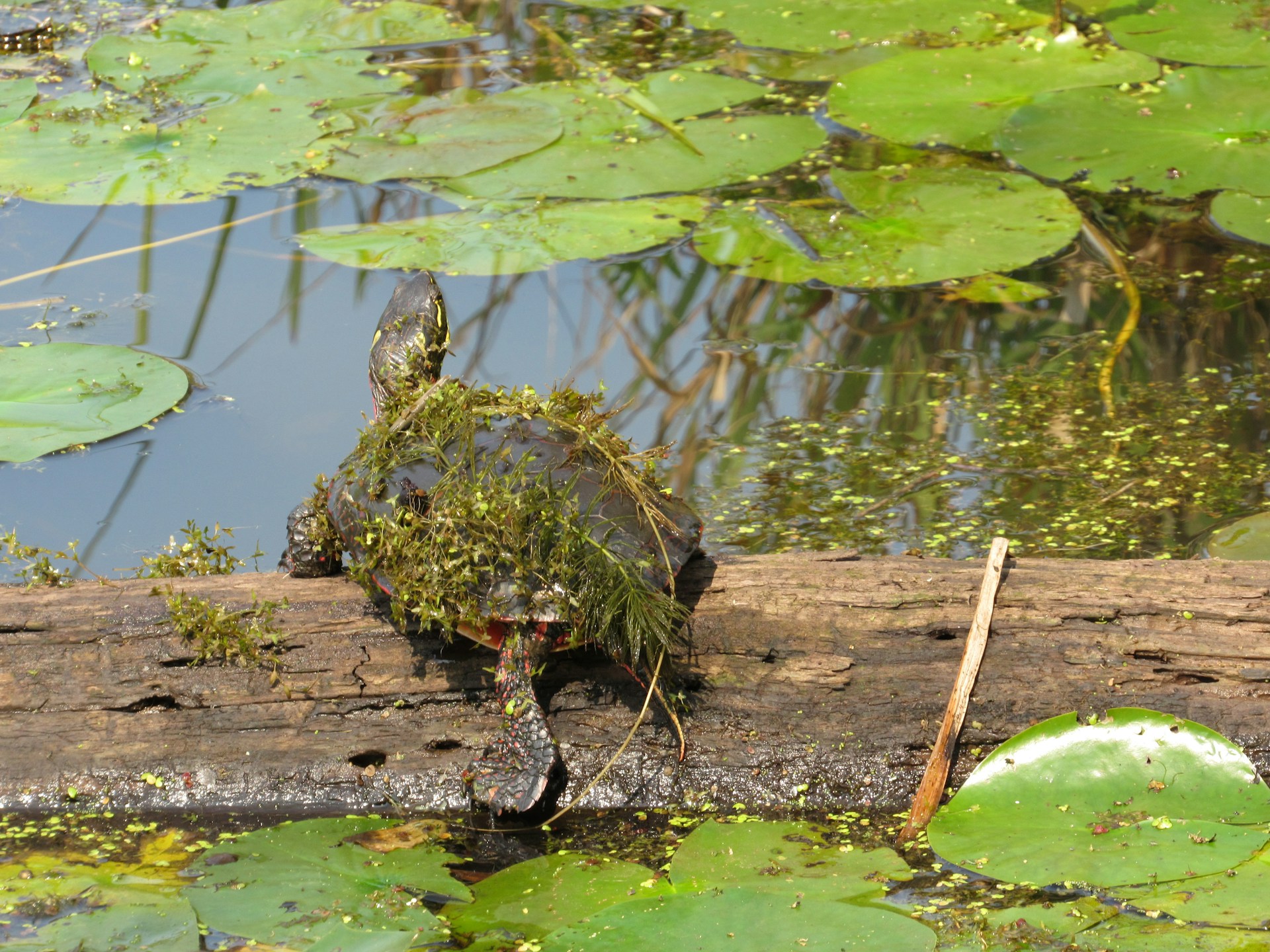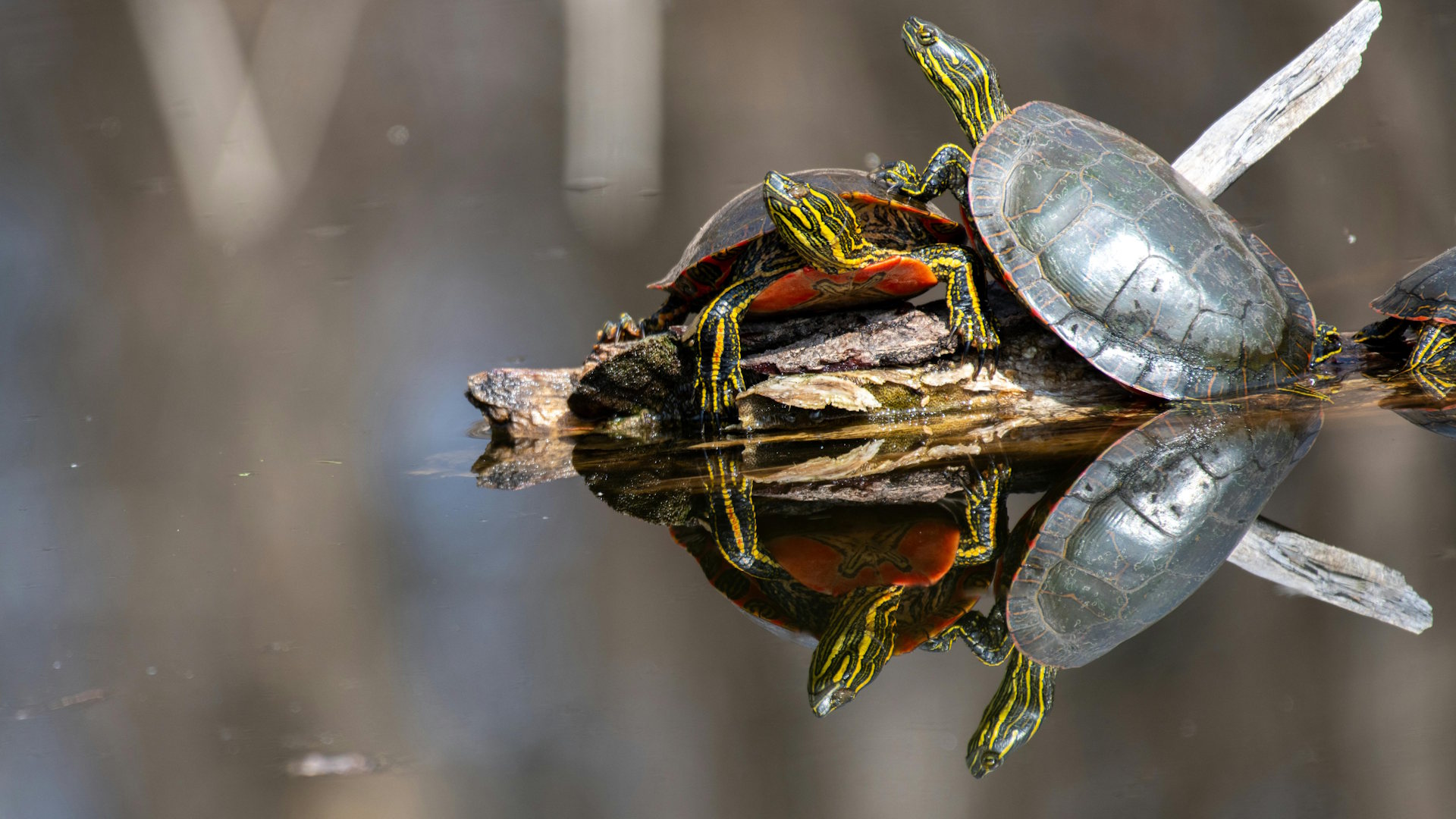Bringing a turtle into your home creates a unique opportunity to observe and bond with one of nature’s most ancient and fascinating creatures. Unlike more conventional pets, turtles have specialized needs that reflect their evolutionary history and biological makeup. Indoor turtle keeping has become increasingly popular, but these remarkable reptiles require specific care to ensure they not only survive but truly thrive in captivity. From habitat setup to nutrition, temperature regulation to enrichment activities, proper turtle care involves multiple important considerations. The following comprehensive guide will walk you through everything you need to know to provide your shelled companion with the optimal environment for a happy, healthy life that could span several decades with proper care.
Selecting the Right Species for Indoor Keeping

Not all turtle species adapt well to indoor living, making your initial choice of turtle critically important for long-term success. Smaller species like the Red-Eared Slider, Painted Turtle, Map Turtle, and Musk Turtle typically adjust better to aquarium environments than larger species that might quickly outgrow reasonable indoor accommodations. Research the adult size, lifespan, temperament, and specific care requirements before bringing any turtle home. Species like Box Turtles and Russian Tortoises, being primarily terrestrial, have significantly different habitat needs than aquatic species. Most importantly, avoid impulse purchases of turtles from unreliable sources, as these often lead to inadequate care and health problems.
Creating the Ideal Habitat Size and Setup

The foundation of turtle wellness begins with a properly sized habitat that accommodates natural behaviors and growth. As a general rule, aquatic turtles need tanks offering at least 10 gallons of water capacity per inch of shell length, with adult sliders potentially requiring 75-125 gallon setups. Semi-aquatic and terrestrial species need enclosures with appropriate land-to-water ratios that match their natural preferences. The habitat should include distinct areas for swimming, basking, hiding, and exploring to replicate natural environmental diversity. Despite common misconceptions, turtles will not “grow to their tank size” – they continue growing regardless of space constraints, making adequate room essential for preventing stress and health issues. Remember that most turtles are long-lived creatures that can significantly increase in size, so planning for adult dimensions from the beginning saves costly upgrades later.
Water Quality Management Essentials
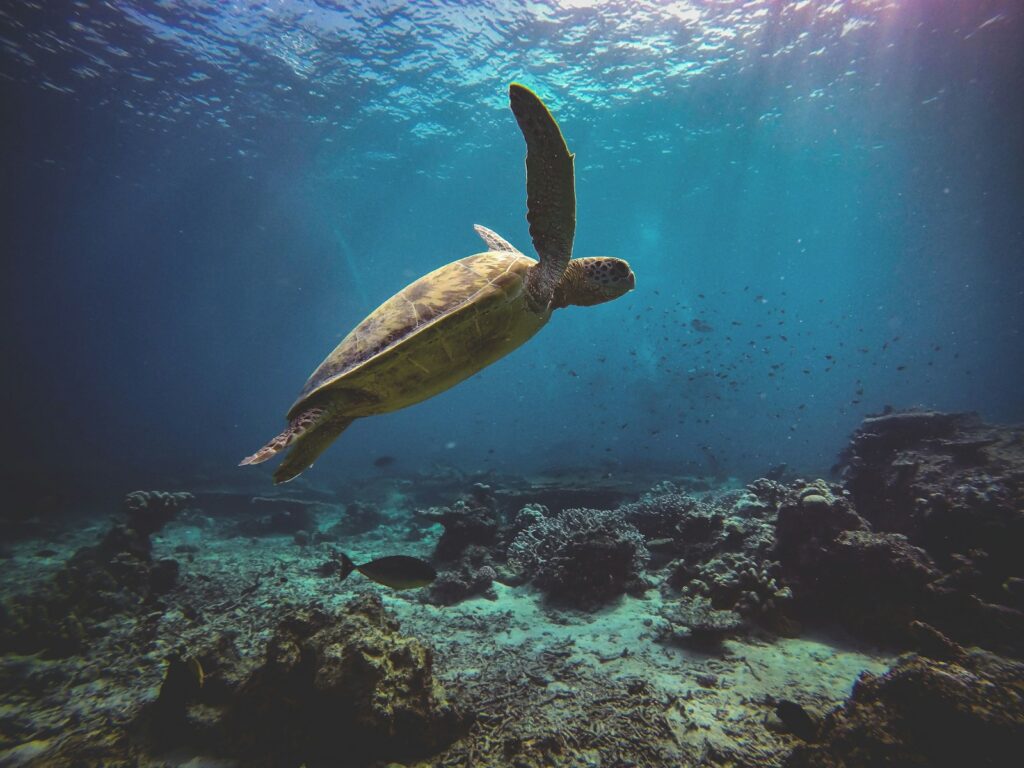
For aquatic and semi-aquatic species, water quality represents perhaps the most crucial aspect of day-to-day care and directly impacts longevity. Turtles produce significant waste that quickly degrades water conditions, necessitating powerful filtration systems rated for at least twice your actual water volume. Regular water testing for ammonia, nitrites, nitrates, and pH provides essential feedback on your maintenance routine’s effectiveness. Partial water changes of 25-30% weekly help maintain water purity even with good filtration in place. Turtles are particularly sensitive to chlorine and chloramines in tap water, requiring water conditioners specifically designed for reptiles when performing water changes. Beyond chemical parameters, water temperature should remain stable within the appropriate range for your specific species, typically between 75-80°F for most common pet turtle species.
Optimizing Lighting and Temperature Gradients
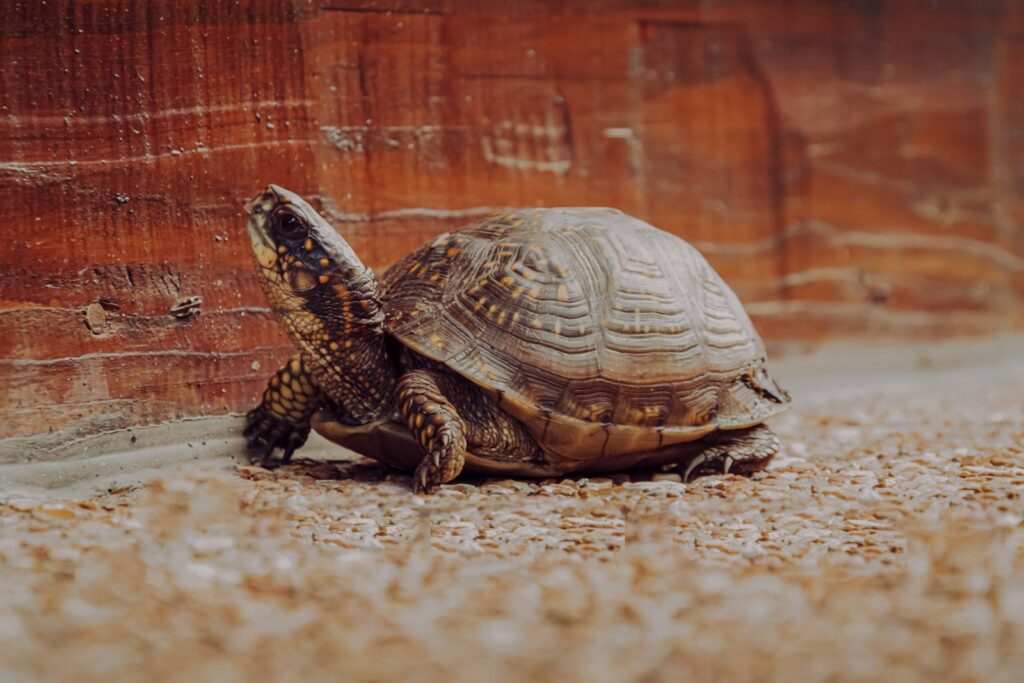
Proper lighting arrangements are non-negotiable for turtle health, encompassing both heat and UVB requirements that replicate natural sunlight benefits. UVB lighting enables proper calcium metabolism and prevents metabolic bone disease, one of the most common and devastating health issues in captive turtles. High-quality reptile-specific UVB bulbs should be positioned at manufacturer-recommended distances and replaced according to specifications, typically every 6-12 months even if still illuminated. Heat lamps create essential basking spots where turtles can completely dry their shells and raise their body temperature, with surface temperatures ideally reaching 85-95°F depending on species. Creating temperature gradients throughout the habitat allows turtles to thermoregulate naturally by moving between warmer and cooler areas as needed, mimicking their behavior in the wild where they utilize environmental variation to maintain optimal body temperature.
Nutritional Requirements for Different Life Stages

Turtle dietary needs evolve throughout their lifespan, with juveniles typically requiring higher protein content than adults of the same species. Most commonly kept aquatic turtles start life as primarily carnivorous, gradually shifting toward more omnivorous diets as they mature. Commercial turtle pellets can form a nutritional foundation but should be supplemented with variety through fresh vegetables, aquatic plants, and occasional protein sources appropriate to your specific species. Dark, leafy greens like kale, collard greens, and dandelion greens provide essential vitamins and minerals, while proteins might include feeder fish, earthworms, or insects depending on species requirements. Calcium supplementation through cuttlebone, calcium powder, or specialized supplements helps prevent shell deformities and metabolic bone disease. Feeding routines should adapt to age, with younger turtles typically eating daily while adults may thrive with feedings every 2-3 days.
Designing Effective Basking Areas

The basking area serves as a critical component in any turtle setup, providing a completely dry platform where turtles can exit the water entirely. Effective basking spots should be large enough to accommodate your turtle’s full body, stable enough to support their weight, and positioned to allow easy access from the water. Commercial turtle docks, stacked rocks, driftwood arrangements, or custom platforms can all serve this purpose effectively when properly secured. The basking area should be positioned under both heat and UVB light sources to maximize the health benefits during basking sessions. For naturalistic aesthetics and added security, surrounding the basking area with live or artificial plants creates visual barriers that help turtles feel more secure while basking. Remember that different species have different basking preferences – some prefer group basking while others are more solitary, requiring multiple basking spots in multi-turtle habitats.
Environmental Enrichment and Mental Stimulation

Turtles possess greater intelligence and environmental awareness than many keepers realize, making enrichment activities important for psychological well-being. Rearranging habitat decorations periodically introduces novelty that encourages natural exploration behaviors and prevents boredom. Floating toys, training exercises, puzzle feeders that make food acquisition more challenging, and supervised exploration outside the primary habitat can all provide valuable mental stimulation. Live plants (turtle-safe varieties) add both enrichment and habitat complexity while improving water quality. Some owners successfully implement target training where turtles learn to touch or follow a specific object for rewards, demonstrating their capacity for learning and environmental interaction. Providing various substrates for digging, exploration opportunities through tunnels or caves, and occasional new objects keeps the environment dynamic and engaging for these surprisingly intelligent reptiles.
Handling Practices and Socialization
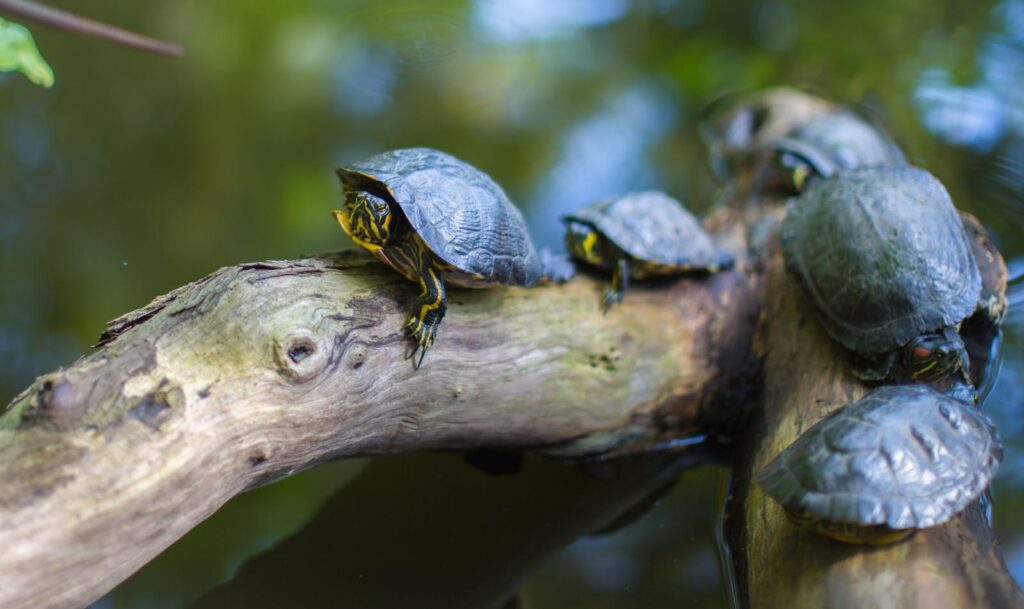
While turtles aren’t typically as interactive as mammals, appropriate handling and socialization can reduce stress during necessary maintenance and health checks. Always support a turtle’s full body when handling, never picking them up by the shell alone, and minimizing handling duration to prevent undue stress. Washing hands thoroughly before and after handling protects both turtle and handler from potential zoonotic disease transfer, particularly Salmonella which many reptiles carry. Regular, gentle interaction helps turtles become accustomed to their keepers, potentially reducing stress during necessary interactions like health checks or habitat maintenance. That said, recognize that most turtle species prefer observation over handling, with extensive handling potentially causing stress rather than bonding. With patience, many turtles learn to associate their keepers with positive experiences like feeding, sometimes even approaching the glass when their caretaker enters the room.
Health Monitoring and Common Illness Prevention
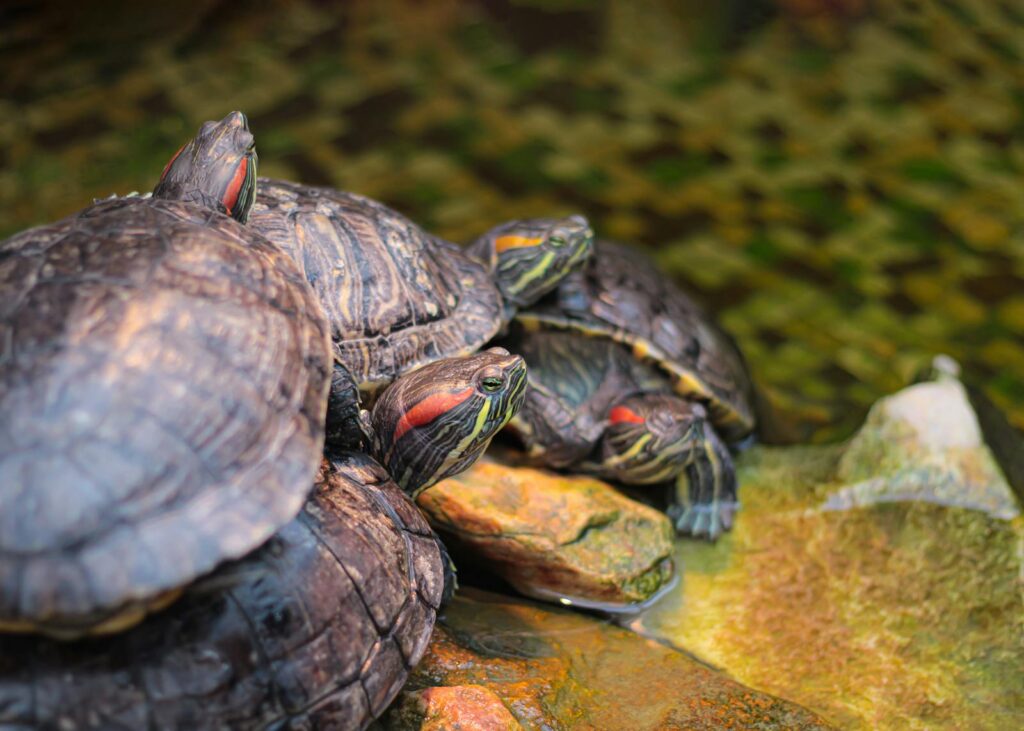
Preventative health monitoring significantly improves long-term outcomes for pet turtles, with regular observation being your first line of defense. Check shell condition weekly for signs of soft spots, discoloration, or unusual growth patterns that might indicate nutritional deficiencies or shell rot. Eyes should be clear and free from swelling, discharge, or persistent closure, which can signal respiratory infections or vitamin A deficiency. Active swimming, regular basking, normal appetite, and proper weight are all indicators of good health that should be routinely assessed. Respiratory infections, evidenced by wheezing, bubbling around the nose, or open-mouth breathing, require immediate veterinary attention as they can quickly become life-threatening. Establishing a baseline of normal behavior for your specific turtle makes detecting subtle changes easier, allowing for earlier intervention when health issues emerge.
Seasonal Adjustments and Brumation Management
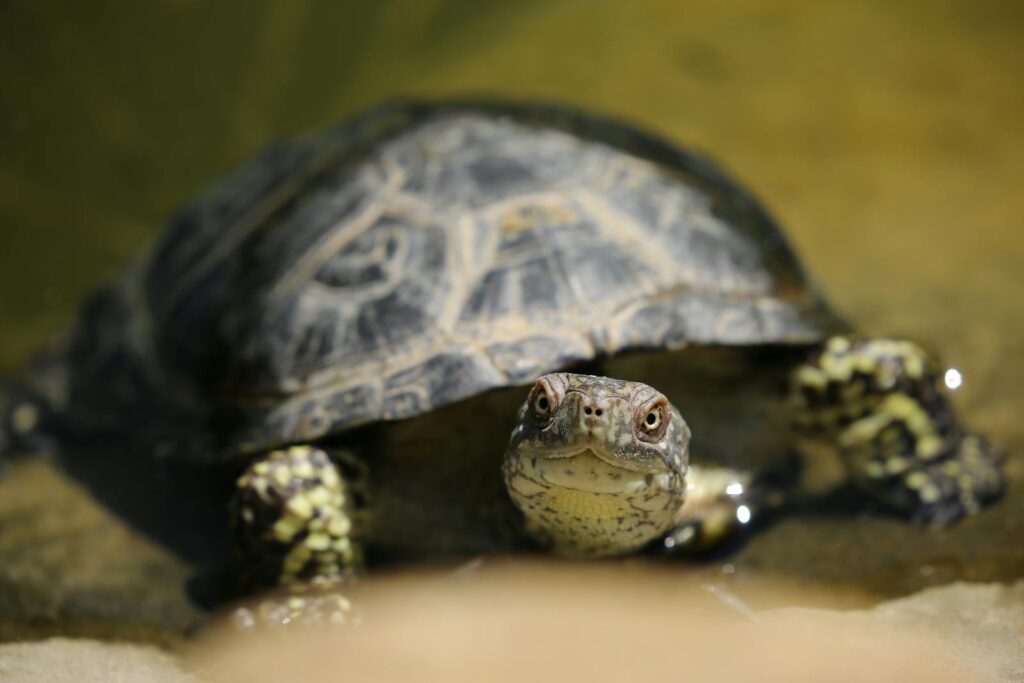
Many turtle species naturally undergo brumation, a reptilian version of hibernation, during winter months in wild settings. For indoor turtles, keepers must decide whether to simulate this natural cycle or maintain year-round consistent conditions. Should you choose to accommodate brumation, gradually reducing daylight hours and temperatures over several weeks prepares your turtle’s metabolism for the reduced activity period. Prior veterinary checks are essential before initiating brumation to ensure your turtle is healthy enough for this physiological challenge. During brumation, turtles require significantly reduced temperatures, minimal feeding, and careful monitoring to prevent health complications. Alternatively, maintaining year-round optimal conditions bypasses brumation entirely, which many veterinarians recommend for indoor-kept species, especially those from tropical regions where natural brumation may not occur.
Compatible Tank Mates and Social Considerations
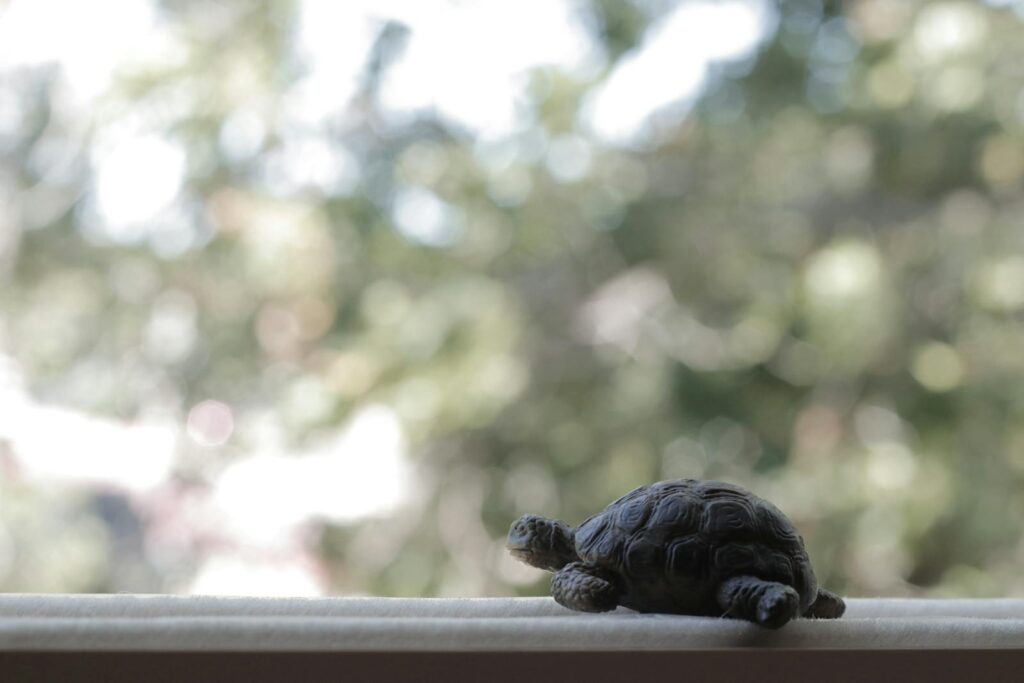
While many turtle species can cohabitate with similar-sized members of their own species, mixing different species often leads to territorial aggression, competition for resources, or stress-related health issues. When keeping multiple turtles, provide sufficient space to minimize competition, with separate basking areas large enough to accommodate all individuals simultaneously. Monitor feeding closely to ensure dominant individuals aren’t preventing others from accessing food. Fish rarely make suitable tank mates for turtles as they typically become expensive live food rather than companions, with few exceptions like very large, fast-moving species in extremely spacious setups. Gender ratios matter significantly in multi-turtle habitats – multiple males often display aggressive territorial behavior, while a single male with multiple females frequently results in excessive breeding pressure on females. Some species, particularly certain box turtle varieties, simply do better in solitary housing with human interaction providing their social needs.
Long-term Habitat Maintenance Schedule
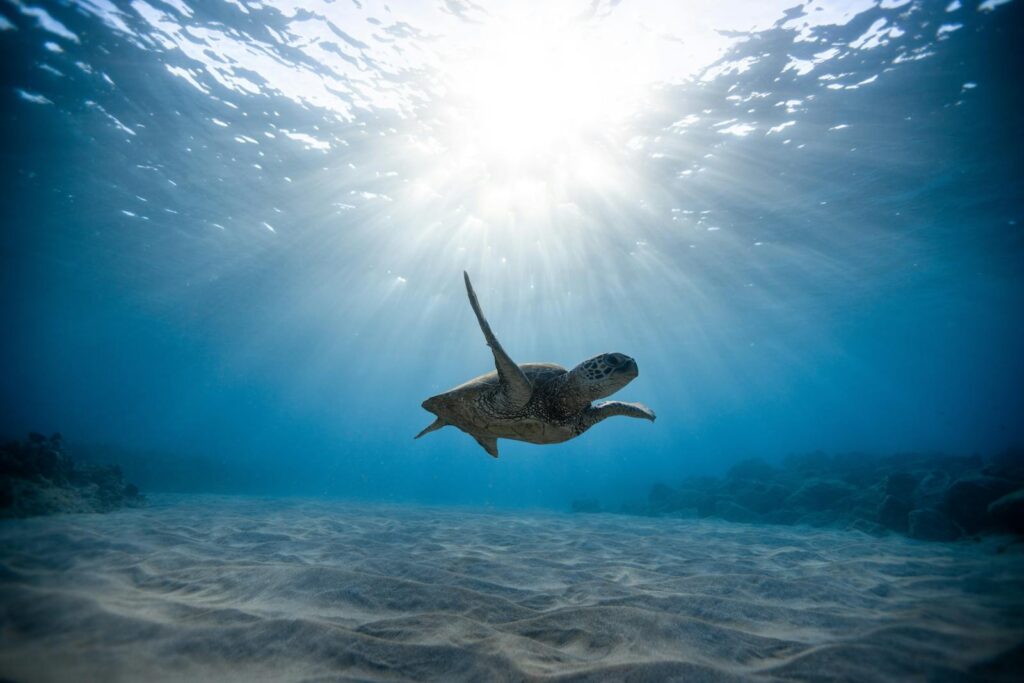
Maintaining optimal turtle habitats requires establishing consistent care routines that address daily, weekly, and monthly needs. Daily tasks include visual health checks, feeding as appropriate for species and age, removing uneaten food promptly, and ensuring equipment functionality, particularly heating and filtration systems. Weekly maintenance typically involves partial water changes of 25-30%, filter media rinsing (using tank water to preserve beneficial bacteria), glass cleaning, and thorough inspection of all habitat components including electrical connections. Monthly deeper cleaning might include substrate vacuuming or replacement, thorough decoration cleaning, filter deep cleaning with media replacement as needed, and water parameter testing to ensure optimal chemistry. Seasonal tasks include UVB bulb replacement according to manufacturer specifications, typically every 6-12 months even if still illuminated, as UVB output diminishes before visible light production fails. Establishing a maintenance calendar helps ensure no aspect of care is overlooked, preventing the gradual decline in conditions that often leads to health problems.
Planning for Long-term Care and Lifespan Considerations
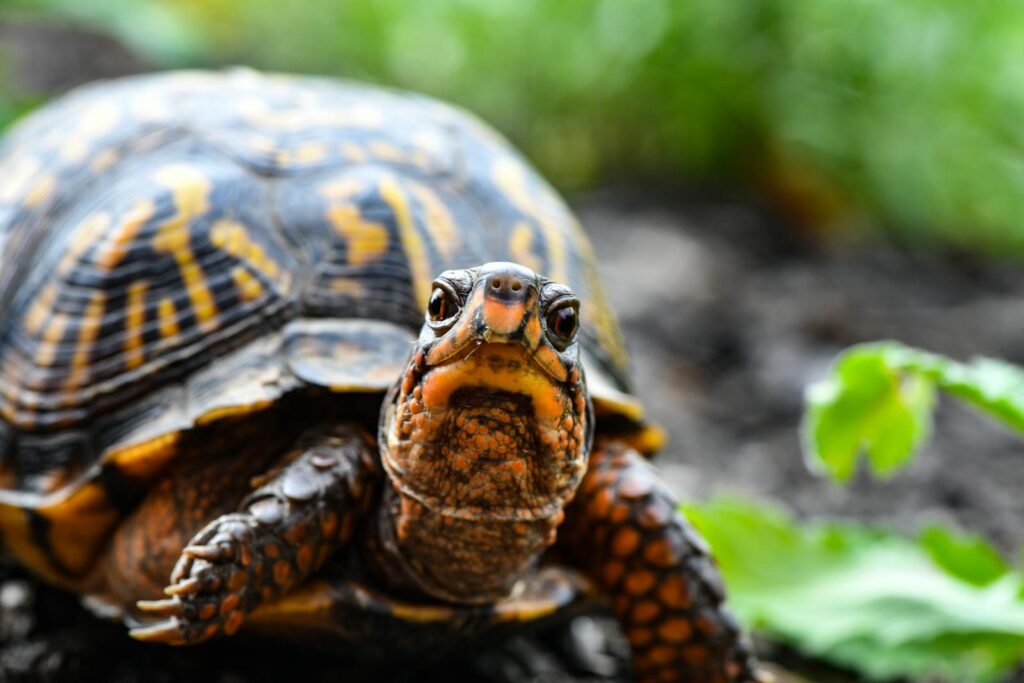
The impressive longevity of many turtle species requires serious consideration before acquisition, with many common pet species living 20-40 years or more with proper care. This extended lifespan necessitates contingency planning for continued care should life circumstances change, potentially including provisions in wills or establishing care agreements with knowledgeable individuals. Size progression also demands forethought, as many popular species like Red-Eared Sliders start as adorable quarter-sized hatchlings but grow to dinner-plate dimensions, requiring habitat upgrades throughout their development. Financial planning should account for ongoing costs including electricity for heating and lighting, filter maintenance, food, substrate replacements, and veterinary care from exotic specialists who typically charge premium rates. The substantial commitment turtles represent explains why so many unfortunately end up abandoned in local ponds or surrendered to rescues when their requirements exceed owner expectations or capacity.
Conclusion
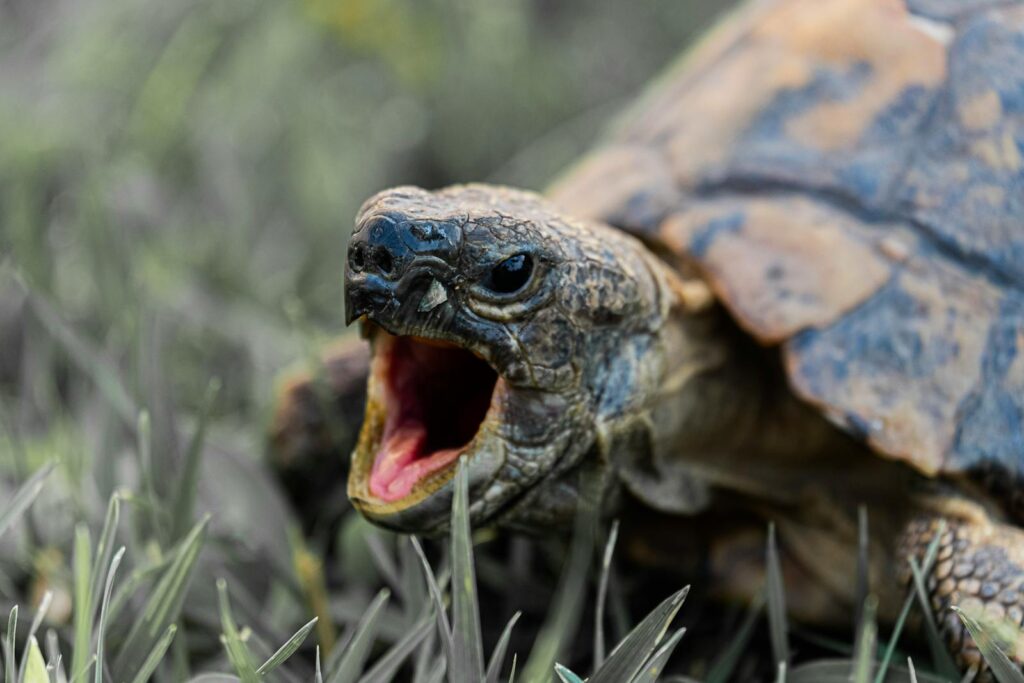
Creating a thriving environment for an indoor turtle represents a significant commitment that rewards dedicated keepers with the opportunity to observe these remarkable creatures for decades. By carefully addressing habitat requirements, nutrition, temperature regulation, water quality, and enrichment needs, you provide the essential foundation for turtle wellness. Remember that turtle care involves ongoing learning as husbandry practices continue evolving with new research and understanding. While turtles may not express affection in ways familiar to dog or cat owners, their unique behaviors, impressive adaptations, and individual personalities offer different but equally rewarding interactions. With thoughtful setup and consistent maintenance, your indoor turtle habitat can become a fascinating ecosystem where your shelled companion not merely survives but genuinely thrives, potentially becoming a multi-decade companion that connects multiple generations to the wonders of reptile keeping.

